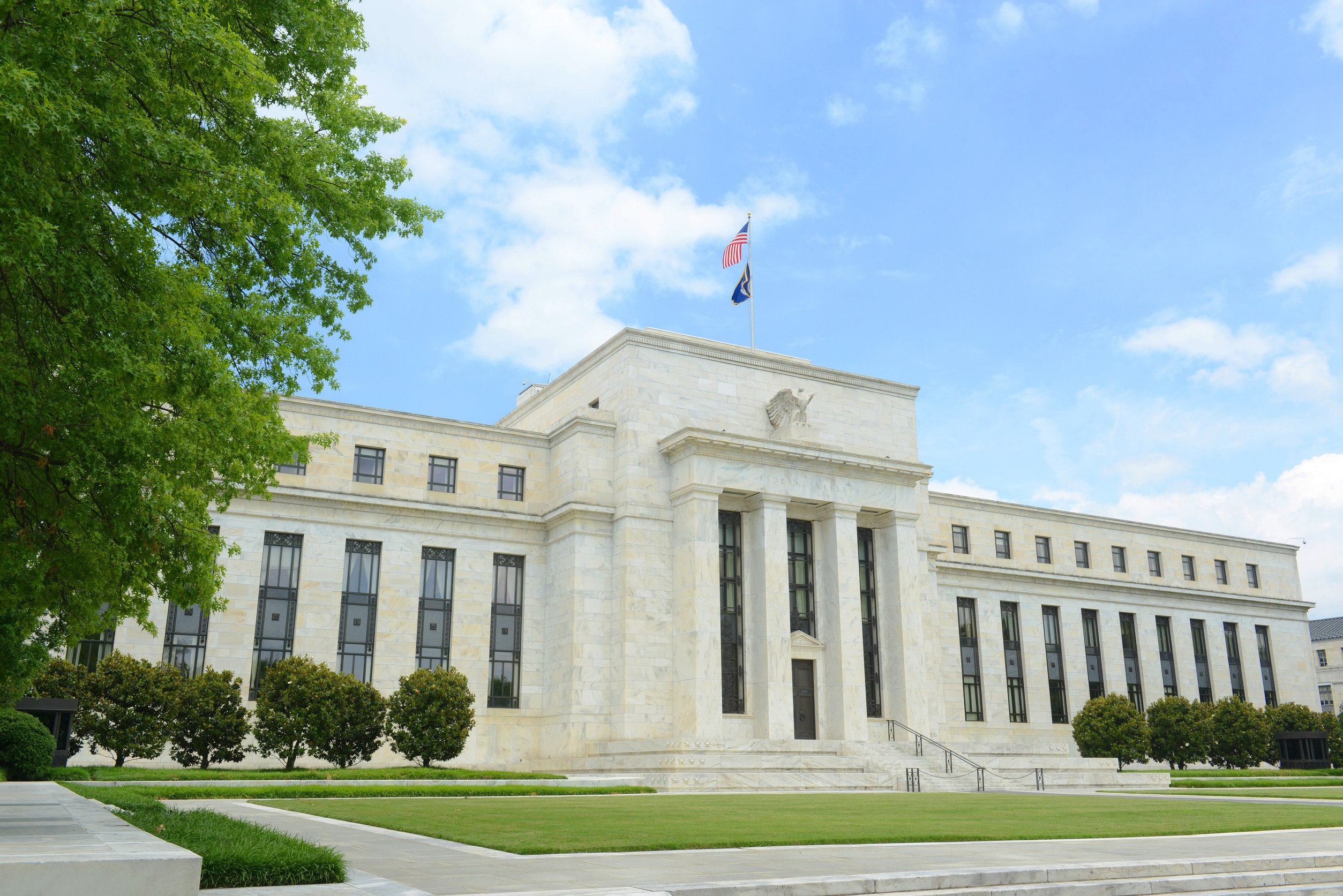U.S. employers added a robust 256,000 jobs in December, significantly exceeding economists’ expectations of 160,000 and demonstrating continued resilience in the labor market despite elevated interest rates. The unemployment rate held steady at 4.1%, according to data released Friday by the Bureau of Labor Statistics, while average hourly earnings increased 0.3% from November and 3.9% year-over-year.
US Job Market Shows Resilience, Defying Expectations
The December report showed broad-based gains across multiple sectors, with healthcare leading at 46,000 new positions, followed by retail trade adding 43,000 jobs, and government employment increasing by 33,000. The social assistance sector contributed another 23,000 positions.
An encouraging sign was that the number of permanent job losers declined by 164,000 to 1.7 million, while the labor force participation rate remained at 62.5%. Previous months saw modest revisions, with October’s gains revised up by 7,000 and November’s figure adjusted down by 15,000.
The labor market’s performance in 2024 shows a pattern of moderation while maintaining fundamental strength. Job gains averaged 186,000 per month in 2024, down from the more aggressive pace of 251,000 in 2023 but still well above the level needed to keep up with population growth.
This sustained job market resilience supports consumer spending and overall economic growth, with no significant signs of deterioration that might signal an impending recession.
![]()
![]()
Join our Telegram group and never miss a breaking digital asset story.
Jobs Data Supports “Higher for Longer” Stance on Instance Rates
The stronger-than-anticipated employment figures are leading financial markets to reassess their expectations for early Federal Reserve rate cuts. The robust job creation and persistent wage growth at 3.9% suggests the economy isn’t slowing enough to warrant immediate monetary policy easing, particularly as wage increases remain above levels consistent with the Fed’s 2% inflation target.
The steady unemployment rate, declining permanent job losses, and stable participation rate all point to structural strength in the labor market.
This data and CME FedWatch Tool indicators support the Federal Reserve’s “higher for longer” stance on interest rates, as the job market shows few signs of the cooling that would typically precede rate cuts. Market participants adjust their rate-cut expectations in light of the economy’s continued resilience.
Disclaimer: The author does not hold or have a position in any securities discussed in the article. All stock prices were quoted at the time of writing.
About the author
Tim Fries is the cofounder of The Tokenist. He has a B. Sc. in Mechanical Engineering from the University of Michigan, and an MBA from the University of Chicago Booth School of Business. Tim served as a Senior Associate on the investment team at RW Baird’s US Private Equity division, and is also the co-founder of Protective Technologies Capital, an investment firm specializing in sensing, protection and control solutions.











